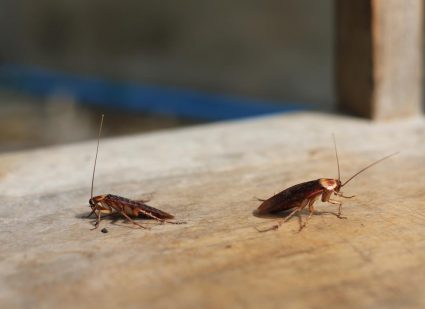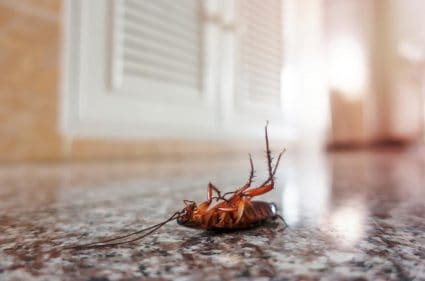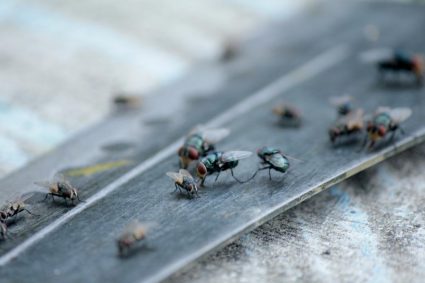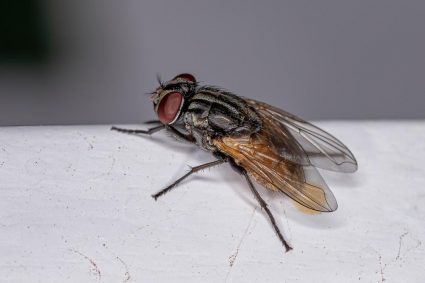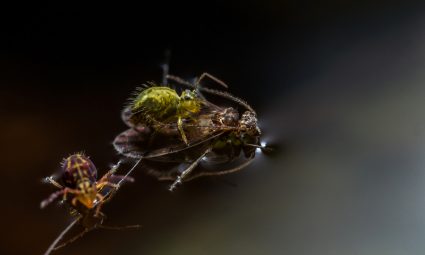
Moths, while harmless to humans, can wreak havoc on our wardrobes. These tiny, seemingly innocent insects can chew through your favourite pieces of clothing, leaving you frustrated and out of pocket. But fear not! There are numerous ways to keep moths away from your clothes and maintain a moth-free wardrobe. In this comprehensive article, we will delve into everything you need to know about preventing and dealing with a moth infestation.
To keep moths away from clothes, regularly clean your clothes and store them properly in airtight containers or vacuum-sealed bags. Use natural moth repellents like cedar blocks or sachets filled with herbs such as lavender or rosemary. You can also freeze your clothes to kill moth eggs and larvae. Regular vacuuming and the use of sticky traps can also help prevent a moth infestation.
Identifying a Moth Infestation
Before we dive into the preventive measures, it’s essential to understand how to identify a moth infestation. Some telltale signs include small holes in your clothes, particularly those made from natural fibers like wool, silk, and cotton. You might also notice furrows or silky tunnels on wool products, excessive shedding from furs, and even dead moth larvae in your wardrobe. If you spot any of these signs, it’s time to take action.
Preventing Moths from Infesting Your Clothes
Prevention is always better than cure. Here are some effective methods to keep moths at bay:
- Regular Cleaning: Moths thrive in dirty and damp environments. Regularly washing and dry-cleaning your clothes can deter these pests.
- Proper Storage: Store off-season clothing in airtight containers or vacuum-sealed bags. Moths find it difficult to penetrate these.
- Natural Repellents: Moths dislike the smell of certain herbs and plants. Cedar blocks, chips, or cedar oil diluted with water can keep moths away. You can also use sachets filled with herbs like lavender, rosemary, mint, thyme, cloves, and bay leaves.
- Freeze Your Clothes: Freezing your clothes for a few days can kill moth eggs and larvae. Remember to place the items in a sealed plastic bag before freezing them.
- Use Mothballs with Caution: Mothballs can be effective but are toxic. They should be used in sealed containers away from children and pets.
- Regular Vacuuming: Vacuum your closet regularly, especially dark corners and crevices where moths and larvae may hide.
- Use Sticky Traps: Sticky traps can catch adult moths, preventing them from laying eggs.
Dealing with a Moth Infestation
If you’ve confirmed a moth infestation, here’s a step-by-step guide to dealing with it:
- Deep Clean the Area: Vacuum your closet thoroughly and wipe down surfaces with soap and water or a disinfectant.
- Treat Affected Items: Dry-clean bulky items like coats. For smaller items, freeze them for at least 48 hours to kill eggs or larvae.
- Use a Natural Moth Killer: Apply a natural moth killer, like a chrysanthemum-based spray, to remove remaining larvae and eggs.
- Store Clothes Correctly: Store your clothes in mothproof storage bags.
- Use a Moth Repellent: Use moth-repelling cedar balls or anti-moth natural essential oils to prevent moths from returning.
- Monitor and Repeat: Regularly check your wardrobe for signs of moths and repeat the cleaning and treatment process as needed.
Maintaining a Moth-Free Wardrobe
After successfully eliminating a moth infestation, you need to maintain a moth-free wardrobe. This involves regular cleaning, using natural moth repellents, and storing clothes correctly. Also, keep your wardrobe doors open whenever possible, wash clothes at higher temperatures, and refresh natural repellents periodically.
Homemade Moth Repellents
If you prefer a DIY approach, you can create homemade moth repellents using household items like dried herbs and essential oils. Lavender, rosemary, bay, and thyme are all excellent choices. Fill small sachets with these herbs and a few drops of essential oils, then place them in your wardrobe.
Wrapping Up
Remember, moths can cause significant damage to clothes, but they are preventable and manageable pests. Incorporating these tips into your routine can help you maintain a moth-free wardrobe and protect your clothes from potential damage.
Don’t let moths turn your wardrobe into their pantry. Start protecting your clothes today!
Sources: Dr. Killigan’s Premium Clothing Moth Traps Reefer-Galler SLA Cedar Scented Moth Repellent Spray GreenWay Moth Resistant Garment Bags Richards Homewares Moth Away Sachets Cedarwood Essential Oil
Frequently Asked Questions
What types of clothes are most likely to attract moths?
Moths are primarily attracted to clothes made from natural fibers such as wool, silk, and cotton. They also have a preference for dirty or soiled clothing, as they feed on the organic material found in dirt and sweat.
How often should I refresh natural moth repellents?
The frequency of refreshing natural moth repellents depends on the specific repellent used. For example, cedar blocks can last for several months, while herbal sachets might need to be refreshed every few weeks. Always follow the manufacturer’s instructions or replace when the scent has faded.
Can moths infest other areas of the house apart from the wardrobe?
Yes, moths can infest other areas of the house where they can find food. This includes your kitchen, where they can get into foodstuffs like flour and grains, and other areas where they might find natural fibers, such as carpets and rugs.
Are there other types of traps for moths apart from sticky traps?
Yes, apart from sticky traps, there are also moth traps that use pheromones to attract and trap male moths, disrupting the breeding cycle.
What are the health risks associated with using mothballs?
Mothballs contain chemicals that are toxic to moths, but they can also be harmful to humans and pets if ingested or inhaled in large amounts. Symptoms of mothball exposure can include headache, nausea, dizziness, and in severe cases, damage to red blood cells. Always use mothballs in sealed containers and keep them out of reach of children and pets.

